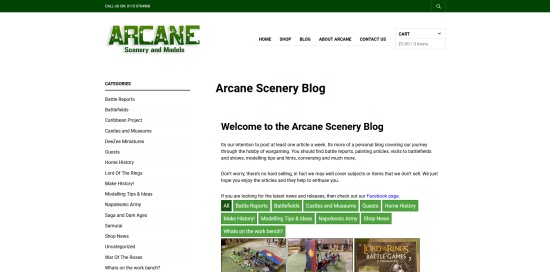Here's a guide to how I paint piebald (white and black) and skewbald (white with any colour except black) horses. That's coloured horses for those keeping up with modern equine terminology, or paints/pintos to those of you from the other side of the pond.
If you want to be really geeky about the pattern of your coloured horse, you can decide which coat pattern you'll paint - overo (one or more lower legs dark, white doesn't cross the back, often with blue eyes) or tobiano (lower legs white, white on back from withers to rump, often with a tail of 2 colours).
The coat patterns of the horses painted below are based on photos. The two miniatures here are the 25mm "bare horse leg raised" from Amazon Miniatures, and a 28mm Plains Indian horse from Wargames Foundry's Old West range.
I use a wet-blending technique, so for a lot of the time I'll have two colours of paint and two brushes on the go at once. I use a mixture of artists' acrylics (various brands) and Games Workshop acrylics.
Tools of the Trade
Actually, I lied - I use four brushes… although I never have more than two of them loaded with paint at any one time. For these models, I used four size-1 brushes, which from left to right are:

- brush that hasn't been used much, and thus still has a decent tip
- one with the tip past its best
- a knackered brush that can't hold anything like a tip any more
- and one so old and battered that the tip is as wide as the base
D gets used for mixing paint and drybrushing big areas. C is for painting big areas and drybrushing small ones, for blending and some dappling or stippling. B is for painting small areas and blending. A and B are both used for doing fine detail and twiddly bits.










